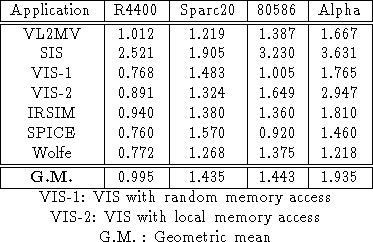
Table 4: Performance ratios for a single input
Cache analysis proved helpful in understanding the overall behavior of the system for the given application. We found that in general for memory intensive programs, miss rate is usually a good performance criterion. However it was pointed out in one case that we cannot ignore the miss penalty altogether. On more than one occasion we found that a slower machine actually performs better because of better memory organization. We found that the percentage of read/write instructions varied from 12% to 29% for the applications we investigated. Hence, application type varies from compute intensive to memory intensive.

Table 4: Performance ratios for a single input
To illustrate the fact that a single ``performance number'' cannot be accurate across all applications, we have given performance ratios for all the architectures in Table 4. These ratios have been taken for the third input design for each application. We also give the geometric mean of ratios across all the applications. We observe that the order of performance given by the geometric mean is not consistent with four out of seven applications. Therefore, even for a particular domain it is not appropriate to provide a single performance number.